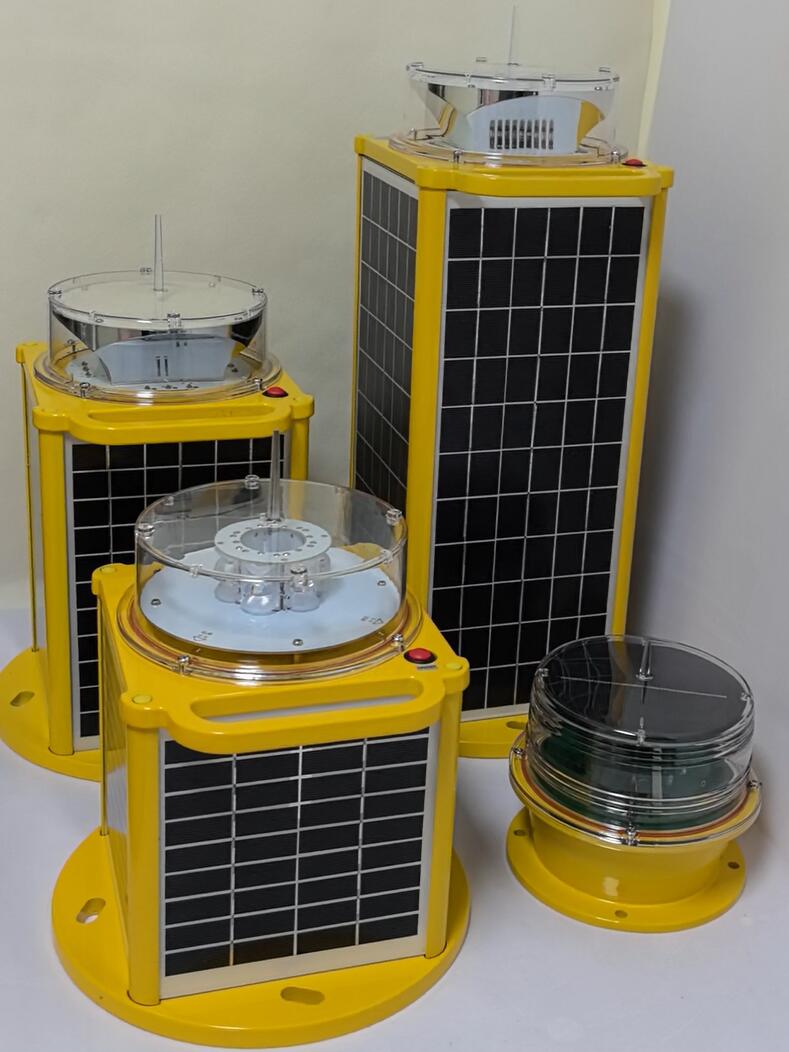Lantern Marine Solutions: Lighting the Way in Modern Maritime Safety
In the maritime world, visibility is everything. From safe harbor entries to offshore structure warnings, the importance of dependable lighting cannot be overstated. Among the essential technologies enhancing marine navigation today is the lantern marine system—a broad category of lantern-based lighting solutions designed specifically for maritime applications.
These lanterns are built to endure harsh marine environments, support autonomous operations, and comply with international navigation standards. As global maritime activity intensifies, the demand for robust and intelligent lantern marine products has risen sharply, driven by the need for safety, efficiency, and environmental responsibility.

What Defines a Lantern Marine System?
A lantern marine device is a purpose-built navigation light, engineered for use in coastal, offshore, and inland waterway environments. Unlike conventional lighting fixtures, marine lanterns are constructed to operate under extreme conditions—saltwater exposure, high winds, UV radiation, and limited maintenance access.
Commonly installed on buoys, docks, offshore platforms, breakwaters, and bridges, these lanterns serve as visual aids that mark safe routes, hazards, and boundaries. Many now come equipped with solar power capabilities, LED technology, and intelligent control systems, transforming traditional lighting into smart navigation assets.
| lantern marine |
Core Benefits of Lantern Marine Technologies
1. Weather Resistance and Durability
Marine lanterns are typically encased in corrosion-resistant materials like anodized aluminum or UV-stabilized polycarbonate. Sealed against water ingress and designed to withstand vibration, impact, and salt exposure, these lanterns can operate reliably for years without degradation.
2. Energy Efficiency
LED technology has become the standard in lantern marine products due to its high light output and low energy consumption. Paired with solar panels and efficient battery systems, these lanterns offer round-the-clock visibility without relying on external power sources.
| lantern marine system |
3. Autonomous Operation
Modern lanterns require minimal human intervention. They charge during daylight, illuminate automatically at dusk, and may adjust brightness or flash patterns based on environmental conditions. This autonomy is especially valuable in remote or unmanned marine zones.
4. Standard Compliance
High-quality lantern marine systems are designed to meet international regulations, including those from the International Association of Marine Aids to Navigation and Lighthouse Authorities (IALA). This ensures uniformity and reliability in global maritime navigation practices.
Applications of Lantern Marine Systems
- Navigational Buoys
Floating markers are equipped with lanterns to guide vessels through shipping lanes and warn of submerged hazards. These lanterns are compact, buoyant, and resistant to collision damage.
- Port and Harbor Lighting
Marine lanterns line piers, jetties, and dock entrances to assist vessels in maneuvering safely during docking, especially in low-light or poor weather conditions.
- Offshore Installations
Lanterns are mounted on oil platforms, wind turbines, and research stations to alert both marine and aerial traffic of structural presence. These lights often feature long-range visibility and synchronized flashing systems.
- Bridge and Causeway Markers
Fixed lanterns indicate the edges or clearance zones of bridge structures, reducing the risk of vessel-structure collisions.
- Aquaculture Zones
In farming areas, lanterns define floating net pens and work areas, preventing unauthorized access and ensuring vessel operators avoid entanglement zones.
Choosing the Right Lantern Marine Product
Selecting the ideal lantern involves evaluating several factors:
Range: Visibility distance, usually measured in nautical miles, is a key determinant in ensuring that the lantern meets the needs of a given location or hazard.
Power Source: Many modern lanterns are solar-powered, but hybrid and battery-only options exist for environments with limited sunlight.
Flash Pattern and Color: Different markers require specific colors (red, green, white, or yellow) and flashing sequences to convey navigational meaning.
Mounting Type: Some lanterns are designed for buoy integration, while others are tailored for fixed structures like towers or poles.
Control Features: Advanced models may include GPS sync, remote monitoring, light intensity control, and self-diagnostics.
Technological Advancements in Lantern Marine Design
Recent innovations are transforming the lantern marine landscape:
Smart Connectivity: Integration with marine control centers allows for real-time status updates, fault detection, and flash synchronization.
Long-Life Batteries: Lithium-based batteries extend the lifespan of solar lanterns and improve performance in variable weather.
Modular Designs: Maintenance is easier with replaceable components like lenses, circuit boards, and batteries.
Adaptive Lighting: Sensors adjust brightness based on ambient light or atmospheric conditions to optimize energy use.
These features not only improve safety but also reduce lifecycle maintenance efforts and operational costs for marine authorities and private operators alike.
Sustainability and Lantern Marine Systems
Marine industries are under pressure to reduce emissions, fuel use, and ecological impact. Lantern marine solutions contribute to these goals by:
Eliminating the need for generator-powered lighting.
Reducing cable infrastructure along coastlines and underwater.
Offering long-lasting components that reduce waste and frequent replacements.
By using solar power and efficient LED lights, these systems support carbon-neutral navigation and align with the broader shift toward green maritime infrastructure.
Future Outlook
The lantern marine sector is expected to continue growing as coastal development, global shipping, and offshore activities expand. As marine environments become more congested, the need for precise and intelligent navigation lighting will only increase.
The industry is also moving toward integrated systems—lanterns that communicate with AIS beacons, drones for inspection, and automated navigation charts. The future of lantern marine technology lies not just in visibility but in networked intelligence that supports smarter, safer, and cleaner marine operations.
From coastal harbors to deep-sea platforms, the lantern marine system is an essential component of maritime navigation. Combining durability, smart features, and energy independence, these lanterns offer a future-proof solution for guiding vessels and safeguarding infrastructure.
As technological and environmental priorities evolve, lantern marine innovations are lighting the path toward safer seas, more efficient operations, and a more sustainable marine industry. Investing in the right lighting system today ensures a well-marked course for the maritime journeys of tomorrow.
